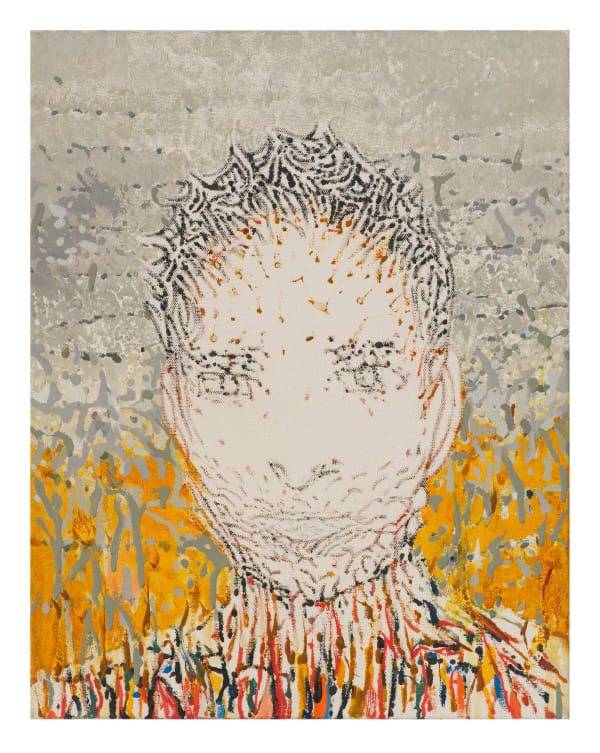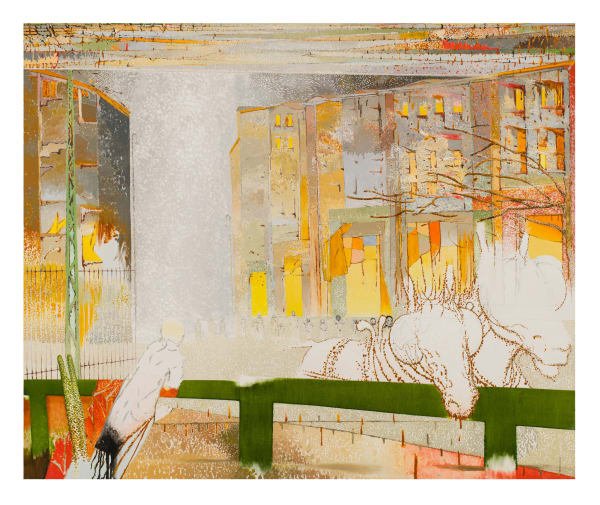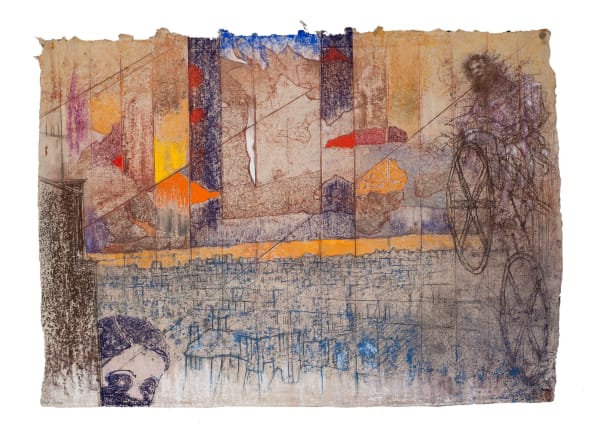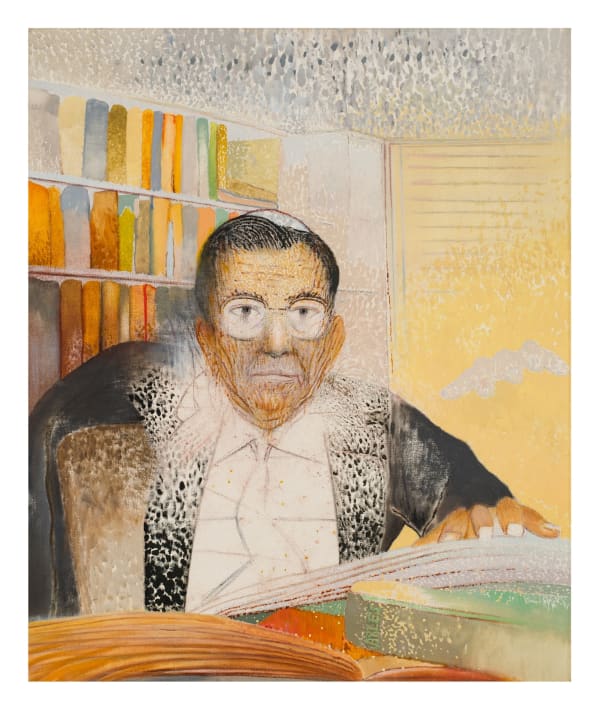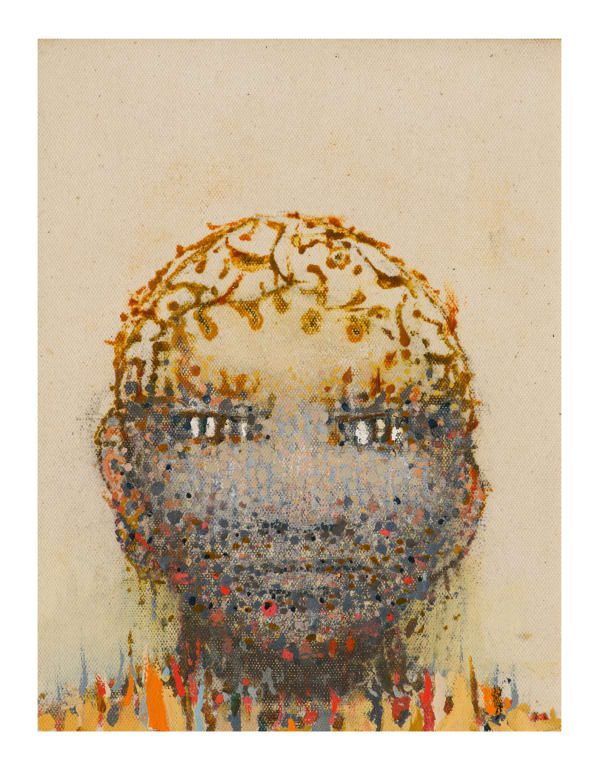-

-
ABOUT IRVING PETLIN
“Whatever your life story, it is part of a larger history . . .” I.P.Irving Petlin was born in Chicago (1934). His parents immigrated from Poland shortly after WWI. Petlin attended the Art Institute of Chicago in the 1950s, during the height of the Chicago Imagist movement and is considered the youngest member of the “Monster Roster”, a group of existentialist Chicago artists, who challenged the dominant current of abstraction in their embrace of often potent figuration. Petlin’s work flourished in Paris during an initial youthful period, (1959-1963), and again in later years as a mature artist in his prime, (1990–2018). He lived and worked in New York, exhibiting there and in Europe during the decades between the Paris years - (1968-1990).
It was in Chicago, while at the Art Institute and during his subsequent fellowship at Yale School of Fine Art, (MFA 1959), where he studied under Joseph Albers, that Petlin developed and refined the skills to transform metaphor and fantasy into composition. The power of negative space on a canvas, the sanctity of drawing, and a profound understanding of color are salient features of his expression in paint and pastel. The work is distinctive in it’s subtle commingling of the abstract and the figurative - his mastery of the medium rendering ethereal figures in dreamlike landscapes blur the divide between reality and imagination. Petlin is lauded as a singular contemporary master of pastel.
Petlin taught painting and drawing at UCLA, The Cooper Union in NY and the Pennsylvania Academy of Fine Art in Philadelphia. His work is included in over 30 museums worldwide and featured in many private collections. He created numerous series of works in response to writers and poets including: Primo Levi, Bruno Schultz, Edmund Jabes, Paul Celan and Simon Weil. He worked in collaboration with contemporary poets and intellectuals such as: Michael Palmer, Elliot Weinberger, Norma Cole, Jerome Rothenberg and Pierre Joris.
-
From A language of the Unsayable
Some Notes on Irving PetlinIn a culture so much of the moment, of nowness, one all too susceptible to the luxury of forgetting, Irving Petlin’s art offers a temporal window. It is a window that looks out at the immediate world, certainly, but more significantly, it looks beneath surfaces, beyond appearances, toward the undisclosed, the enfolded and the disappeared. His is a body of work that, for this and other reasons, lies largely outside the accelerated play of the art world, that often frenzied quest for currency. Its present is a complex vision of temporal folds, times inhering within other times, tenses we might name the future-past, the first-and-last, the lost-and-found; that present of what he has called an “I impregnated presence,”and "something in a sense plucked from the mind and not from nature itself.” The art is insistently exploratory, searching for the meeting point of the interior and the exterior, and for a language of the unsayable. It returns again and again to certain resonant objects and figures, recalled or imagined, in order to see them again from a slightly altered perspective and thus discover their undisclosed or alternate meanings.
--Michael Palmer
-
Artworks
A selection of paintings and works on paper











